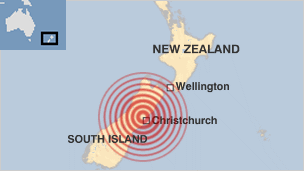
Sampling soils from a soybean field - the question at hand is: Is this a no-till field or has it been conventionally tilled over the years?

The core on the right shows horizons with dark organics at the top (down) and lighter more compact loam from a lower horizon. Although practicing no-till now, in-class grain size determinations and inspection along with Google Earth images suggest that this field has been tilled recently. It is likely that the core refusal (as deep as the investigators were able to core) was due to a plow pan or smeared clay horizon from decades of plowing.
- The discussion and investigation was intense at the North Wellfield where cornfield soils were examined.

High speed pumps extracting thousands of gallons per minute from the Killbuck Aquifer - here in the North Wellfield pumps were working away on this dry, warm September in Northeast Ohio

In the background of the pump array is the Killbuck River Levee system that protects erosion of agricultural lands and the North Wellfield.

Looking west toward the valley margin. The terrace is Pleistocene in age and composed of gravels. Many industries locate on the gravel terrace - over the years many of the aquifer contamination challenges has occurred because of contaminant disposal into these permeable gravels that made their way into the Killbuck Aquifer.



















